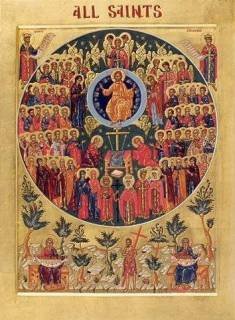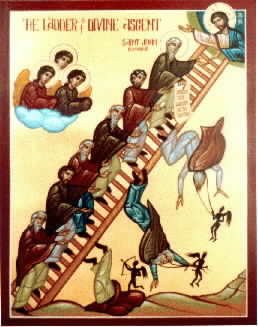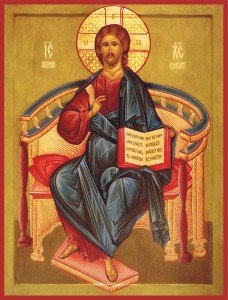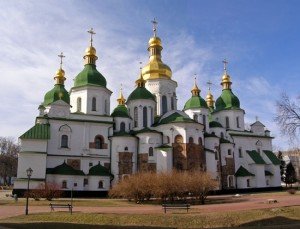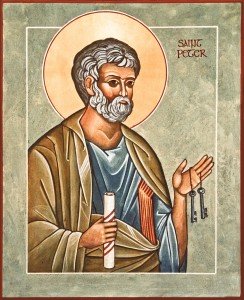 Having completed a presentation on the actual chronological order of the New Testament (NT), that is the order in which the books of the NT were actually written, I would now share some information about the NT in general. The first information I would share is called the Synoptic Problem.
Having completed a presentation on the actual chronological order of the New Testament (NT), that is the order in which the books of the NT were actually written, I would now share some information about the NT in general. The first information I would share is called the Synoptic Problem.
The first three Gospels, because of the extensive agreement of their material, can be put in parallel columns for the sake of comparison. The presentation of the Gospel material in this fashion is called a synopsis. Therefore Mark, Matthew and Luke have become known as the Synoptic Gospels; their authors are accordingly known as the Synoptists.
The similarity of material which is evidenced when the Gospels are arranged in this manner, coupled with notable dissimilarities within the first three Gospels, give rise to the so-called Synoptic Problem. How is this remarkable mixture of similar and dissimilar material within these three Gospels to be explained?
Let us first look at the similarities.
On the whole, the content of the first three Gospels report the same words and deeds of Jesus. The miracles, parables, discussions and principal events in his life are the same. The passages that are common to the three Gospels are called the “Threefold Tradition.” The “Twofold Tradition” designates passages found in two Gospels. The “Unique Tradition” are those events or words contained in a single Gospel, whether it be Mark, Matthew or Luke. Traditions employed twice in the same Gospel are called “doublets.”
The shortest of the three Gospels is Mark. Almost the whole of its material occurs also in Matthew or in Luke or both. Only very little material is peculiar to Mark. The few that are unique to Mark, that is 7:33-36, 8:22-26, seem to be stories that Matthew and Luke must have found embarrassing for some reason. (Why not look these up?) For instance Matthew contains the substance of approximately 600 verses of Mark, or about 90 percent. Luke contains more than half of Mark’s material and substitutes for half of what remains by parallel material. On the other hand, the material peculiar to Matthew constitutes about 30 percent of the total Matthew and in Luke the peculiar material constitutes almost half the total Gospel.
There are discrepancies in the figures presented by different scholars because of text-critical disagreements about the genuine of certain verses in each Gospel.
More to follow!




